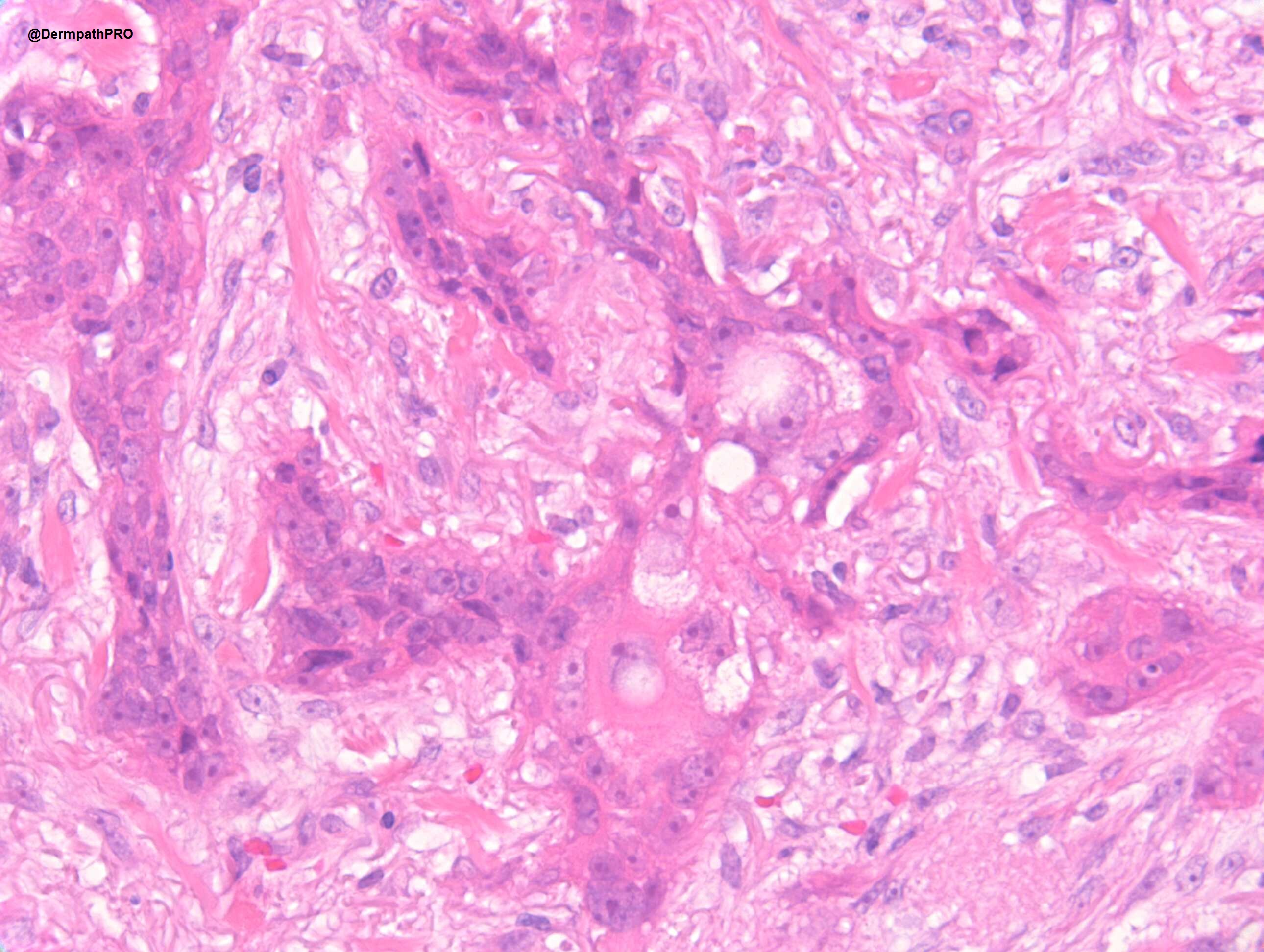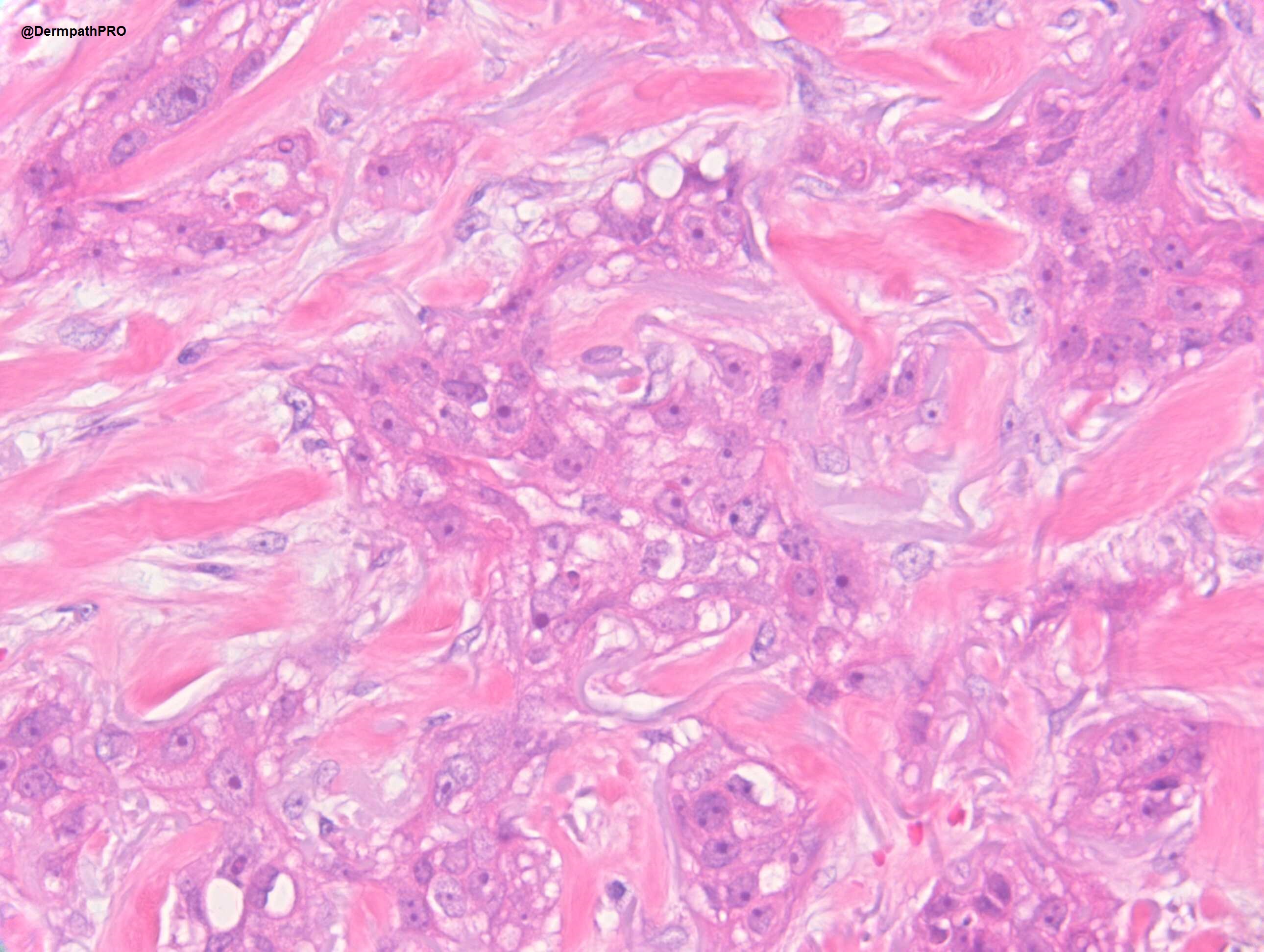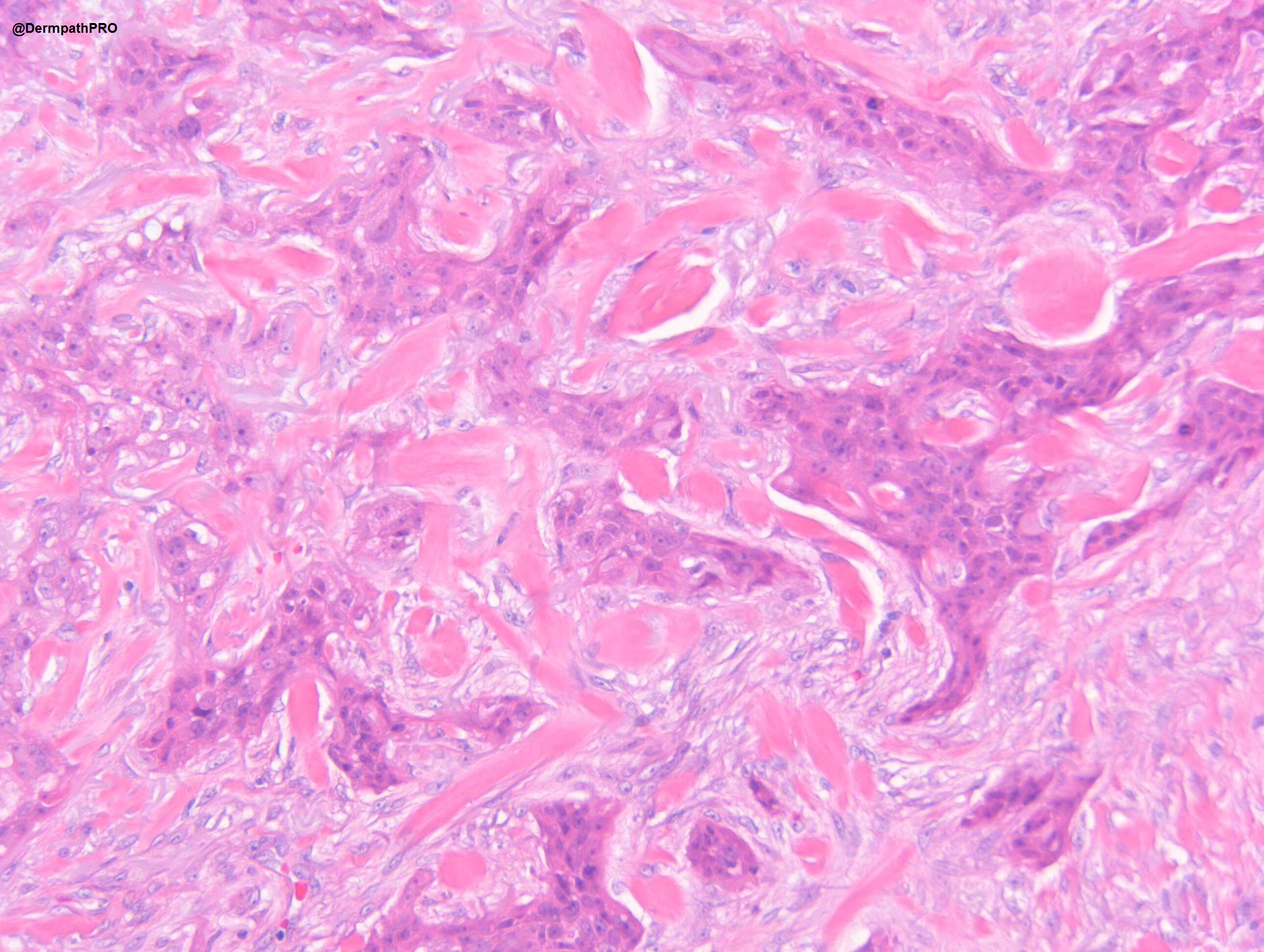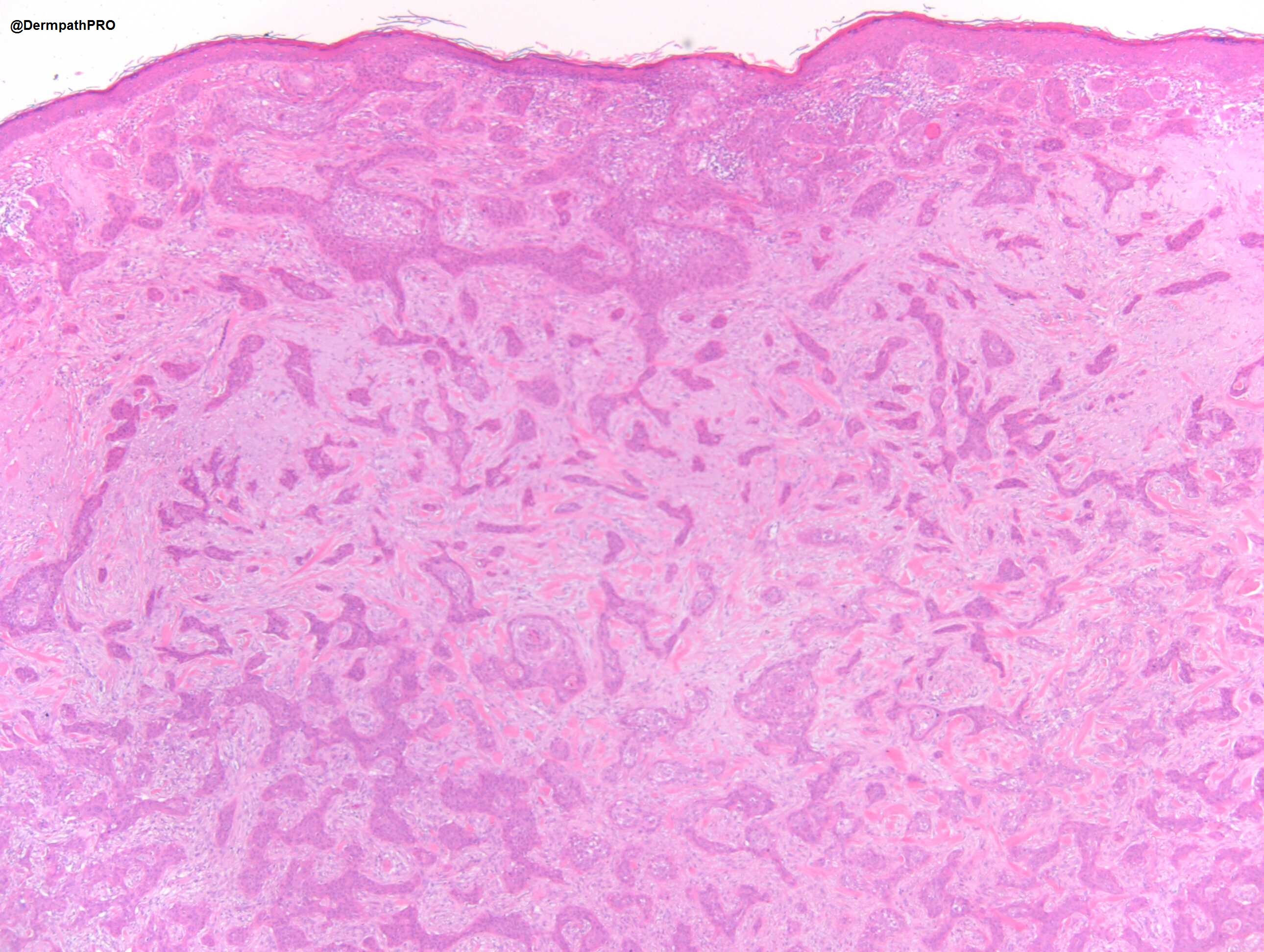-
 4
4
Case Number : Case 2737 - 1 January 2021 Posted By: Dr. Richard Carr
Please read the clinical history and view the images by clicking on them before you proffer your diagnosis.
Submitted Date :
M80 Cheek. ?BCC







Join the conversation
You can post now and register later. If you have an account, sign in now to post with your account.